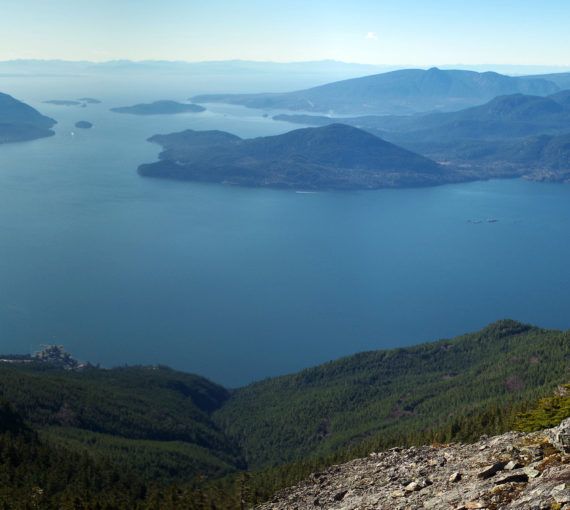Measures announced May 10 by the federal government mark a positive and necessary step to support the survival and recovery of southern resident killer whales, and are the result of significant work done by First Nations, stakeholders and communities.
Ensuring full implementation and proper enforcement is the next crucial step. Ultimately, for these measures to succeed, everyone has to stand up for the orcas.
The new measures add to actions taken last year, providing a solid foundation for a successful long-term recovery plan. The most significant measures introduced this year are fishing restrictions on chinook salmon and increased vessel distance from the orcas. Along with the fishing restrictions, announced separately in mid-April, the new measures are key to the orcas’ recovery.
Some key foraging areas where the orcas do most of their hunting for chinook, however, are receiving less protection than last year, which is not supported by available science. Although problematic, this is an area of protection stakeholders and scientists can continue to refine and improve.
Southern resident orcas depend on chinook salmon as their primary food source. Every surviving chinook salmon counts as a chance to feed the endangered orcas or to grow depleted chinook salmon populations.
Decades of science and observation show that southern resident orcas live in the Salish Sea because of the chinook salmon. These measures will help the orca get the food they need to survive.
Chinook salmon are in trouble, and efforts to protect returning adults and increase the number of wild chinook that can spawn provide the best possible investment for future returns. It is our greatest chance at maintaining viable economies on the coast, where sport fishing and tourism play a significant role.
These restrictions are a difficult choice, but are necessary for the future of coastal communities, which rely on ocean resources. Prioritizing salmon recovery and protection of the orca population will help ensure the richness of the Salish Sea ecosystem and the prosperity of communities for generations to come. Preservation of biodiversity shapes habitats and supports the continuous replenishment of fish, wildlife and thriving coastal communities.
Prioritizing salmon recovery and protection of the orca population will help ensure the richness of the Salish Sea ecosystem and the prosperity of communities for generations to come.
Another key issue is vessel noise, which drowns out echolocation signals the orcas use to catch their prey. But noise is only part of the problem. The number and proximity of vessels also matters. In addition to high marine traffic in the Salish Sea, the orcas are followed like celebrities.
An average of 20 boats are tracking them at any given moment. With a lot of vessels around, orcas are forced to switch from feeding to keeping track of their pods and avoiding the vessels.
Conservation groups, including the David Suzuki Foundation, have long called for marine traffic and salmon-fishing restrictions around southern residents.
The new increase in the minimum distance brings the gap between small vessels and orcas from 200 metres to at least 400 metres. This helps ensure the orcas have the space and quiet they need to find and catch increasingly scarce chinook salmon.
Commitments to action over a longer term are necessary to help these majestic animals. For these measures to succeed, groups connected to water and others along the coast must recognize the urgency around efforts to protect the whales.
This is the crucial time for people to come together to help southern resident orcas survive. The challenge is to ensure that stakeholders along the coast support the measures and that they are promptly implemented and strongly enforced.
This op-ed was originally published in The Times Colonist.
Our work
Always grounded in sound evidence, the David Suzuki Foundation empowers people to take action in their communities on the environmental challenges we collectively face.




